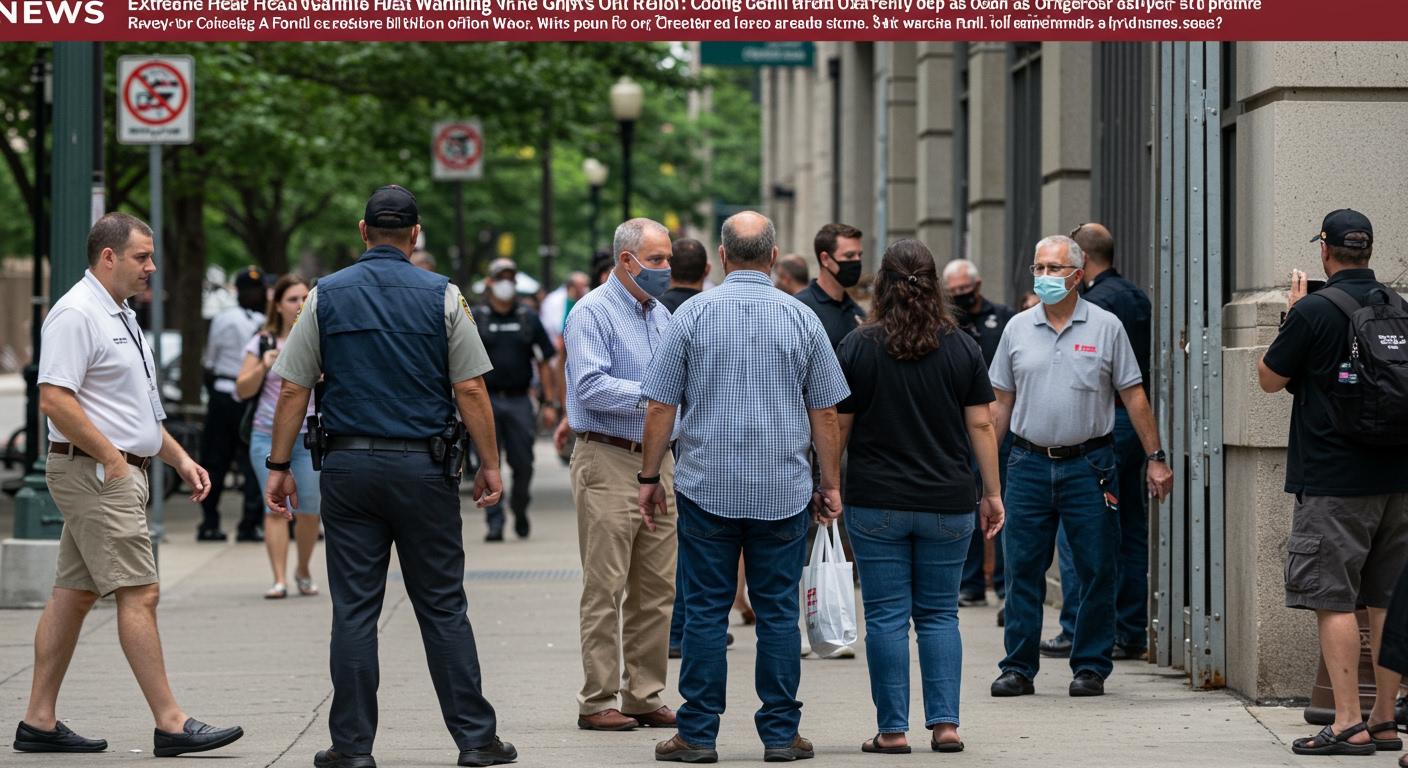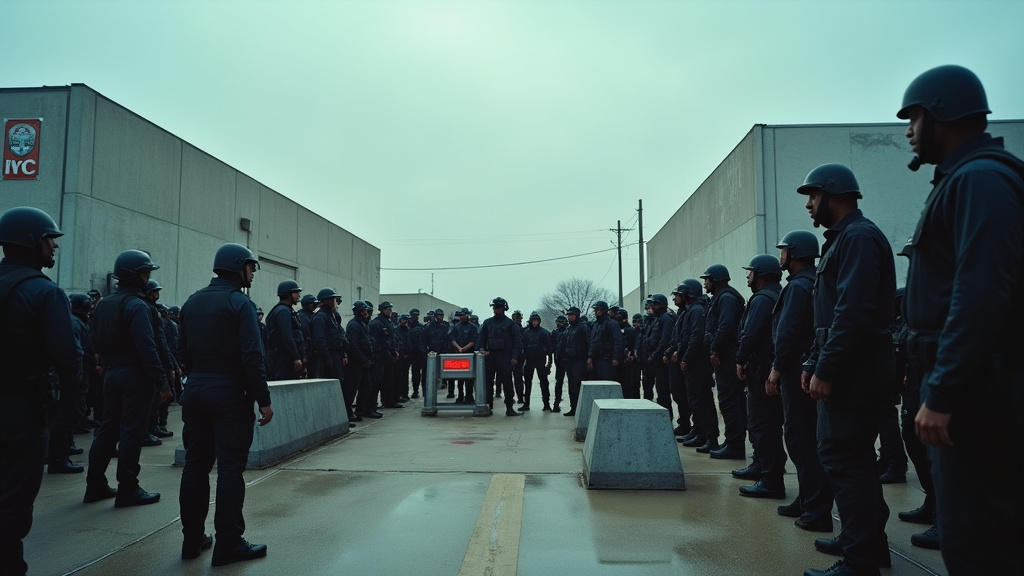The Chicago metropolitan area is bracing for a prolonged period of dangerously hot weather and oppressive humidity, prompting authorities to issue an Extreme Heat Warning effective this weekend. The alert underscores significant public health risks, including an increased threat of heat stroke, as temperatures are expected to soar.
Understanding the Warning
The Extreme Heat Warning is a serious declaration signifying conditions that pose a substantial threat to life and health if precautions are not taken. It is distinct from a Heat Advisory, which indicates potentially hazardous conditions but generally less severe than a warning.
For Central, Northern, and Southern Cook County, the Extreme Heat Warning commenced on Saturday at 10:00 AM CDT and is slated to remain in effect until Tuesday at 12:00 AM CDT. Across the border in Wisconsin, Kenosha County is also under an Extreme Heat Warning, which began Saturday at 12:00 PM CDT and is scheduled to expire on Monday at 7:00 PM CDT.
Surrounding counties are also affected by the heatwave, with a Heat Advisory concurrently in effect, indicating that elevated temperatures and humidity will create conditions that could be hazardous, particularly for vulnerable populations.
The Dangers of Extreme Heat
Extreme heat, especially when coupled with high humidity, significantly impairs the body’s ability to cool itself through sweating. This combination results in a dangerously high heat index – what the temperature feels like to the human body when humidity is factored in. Prolonged exposure to these conditions can lead to a cascade of heat-related illnesses, ranging from heat cramps and heat exhaustion to the potentially fatal heat stroke.
Heat stroke is a medical emergency characterized by a body temperature of 103°F or higher, hot, red, dry or damp skin, a rapid, strong pulse, headache, dizziness, nausea, confusion, and loss of consciousness. Immediate medical attention is crucial if heat stroke is suspected.
The anticipated duration of the dangerously hot conditions – expected to persist throughout the entire weekend and into the beginning of next week in some areas – heightens the risk, as prolonged exposure increases the strain on the body.
Finding Relief: Cooling Centers
Recognizing the severity of the impending heat, local officials are emphasizing the critical role of cooling centers as a primary resource for residents who lack access to adequate air conditioning or other means to stay cool. These designated public facilities offer air-conditioned spaces where individuals can find respite from the oppressive heat during operating hours.
Cooling centers are particularly vital for populations most vulnerable to heat-related illnesses, including the elderly, young children, individuals with chronic medical conditions, and those experiencing homelessness. Utilizing these centers can be a life-saving measure during prolonged periods of extreme heat.
Residents seeking a cooling center should consult official city and county websites or contact local non-emergency services for specific locations and operating hours. Information regarding accessible cooling sites is typically updated regularly by municipal authorities to ensure residents can find the nearest available option.
Additional Ways to Beat the Heat and Stay Safe
Beyond utilizing cooling centers, authorities and public health experts recommend several proactive steps individuals can take to mitigate the risks associated with the extreme heat:
* Stay Hydrated: Drink plenty of fluids, especially water, throughout the day, even if you do not feel thirsty. Avoid sugary drinks, alcohol, and caffeine, as these can contribute to dehydration.
* Stay Indoors: Limit outdoor activities, particularly during the hottest part of the day (typically between 10 AM and 4 PM). If you must be outside, seek shade whenever possible.
* Use Air Conditioning: Spend time in air-conditioned environments, whether it’s at home, a cooling center, a mall, or a library.
* Wear Appropriate Clothing: Opt for lightweight, light-colored, and loose-fitting clothing.
* Take Cool Showers or Baths: Cooling down with water can help regulate body temperature.
* Check On Others: Make an effort to check on neighbors, friends, and family members, especially those who are elderly, ill, or do not have air conditioning. Ensure they are staying cool and hydrated.
* Never Leave People or Pets in Cars: The interior of a vehicle can reach deadly temperatures within minutes, even with windows slightly cracked.
Official Response and Preparedness
In anticipation of the challenging conditions, Chicago officials have been actively engaged in discussions regarding preparation efforts. These preparations typically involve coordinating the opening and staffing of cooling centers, ensuring public awareness through communication campaigns, and readying emergency services to respond to heat-related incidents.
The focused effort by municipal leaders underscores the seriousness with which this extreme weather event is being treated and highlights the commitment to protecting residents during this period of heightened risk.
As the Chicago area and surrounding regions endure this significant heatwave through the weekend and into the early part of the week, residents are strongly urged to take the Extreme Heat Warning seriously, prioritize their safety, and make use of the resources available, such as cooling centers, to navigate the dangerous conditions.












